
Occultism
Dive into the world of occult practices, rituals, and esoteric knowledge from various mystical traditions.


Naturalistic Witchcraft: Practice Without Supernatural Beliefs
Discover how witchcraft can be practiced as a nature-centered, symbolic practice without supernatural beliefs, focusing on ritual, mindfulness, and personal transformation through connection with the natural world.

Eco-Conscious Witchcraft: Sustainable Magical Practice for a Changing Planet
Discover how to align your magical practice with environmental consciousness, from ethical sourcing of supplies to adapting traditional rituals for planetary healing in an age of climate change.








Creating a Modern Hekate Altar
Discover how to create a powerful and practical altar to Hekate that honors ancient traditions while fitting seamlessly into contemporary living spaces. Learn about essential elements, modern adaptations, and personal touches for your devotional practice.

Mental Health Preparation for Goetic Magic: Psychological Foundations for Spirit Work
Strengthen your psychological foundations before working with Goetic spirits. Learn essential mental health practices that turn potential risks into transformative opportunities.



Choosing a Goetic Demon: Finding the Right Spirit for Your Magical Work
Move beyond random selection and discover how to purposefully choose a Goetic demon aligned with your magical goals, temperament, and spiritual path for more effective and meaningful spirit work.

Air Magic: Soaring with the Element of Intellect and Communication
Explore the intellectual and communicative power of air magic and discover practical techniques to harness this elemental force for clarity, communication, and change in your magical practice.

Earth Magic: Grounding with the Element of Stability and Abundance
Explore the grounding, nourishing power of earth magic and learn practical techniques to harness this elemental force for manifestation, protection, and abundance in your magical practice.

Fire Magic: Harnessing the Transformative Element of Will and Passion
Explore the powerful, transformative properties of fire magic and learn practical techniques to harness this elemental force for personal transformation, passion, and manifestation in your magical practice.

Water Magic: Flowing with the Element of Emotion and Intuition
Explore the intuitive power of water magic and discover practical techniques to harness this elemental force for emotional healing, psychic development, and deep transformation in your magical practice.

Introduction to Elemental Magic: Understanding the Foundations of Magical Practice
Discover the ancient foundations of elemental magic and how the four elements—Fire, Water, Earth, and Air—form the cornerstone of magical practices across traditions worldwide.

How to Begin Working with Goetic Spirits
Begin Goetic spirit work safely. Learn essential steps: Goetia spirits, ritual preparation, circle casting, and spirit communication.

Handling Grief with Witchcraft
Find solace with witchcraft through grief rituals and practices. Heal and honor loss using magic.

The Scent of Magic: Using Fragrance in Witchcraft
Unlock fragrance magic! Use scent in witchcraft for potent rituals & spellwork. Learn fragrance symbolism for deeper connections.

What to Do When Your Spell Doesn't Seem to Work?
Spell not working? Don't give up! Learn what to do when your magic spell seems ineffective and troubleshoot your spellcasting.
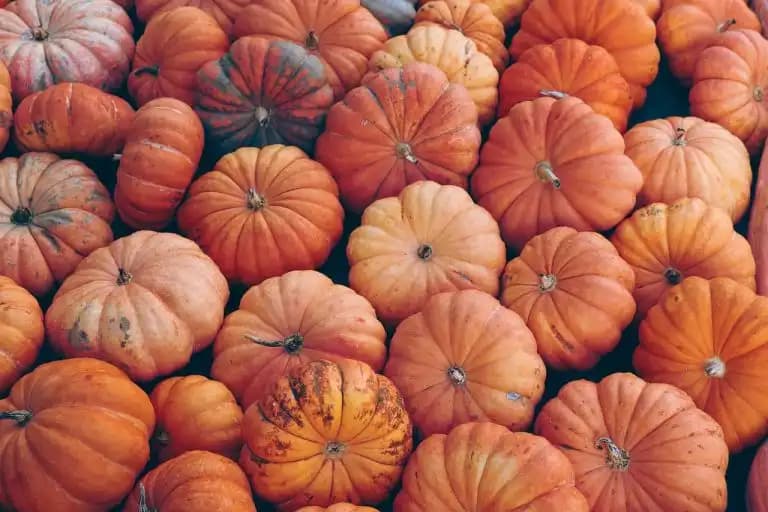
Wheel of the Year - Samhain
Samhain: Discover the Wheel of the Year's most magical sabbat. Honor ancestors, explore origins, and embrace the dark season.
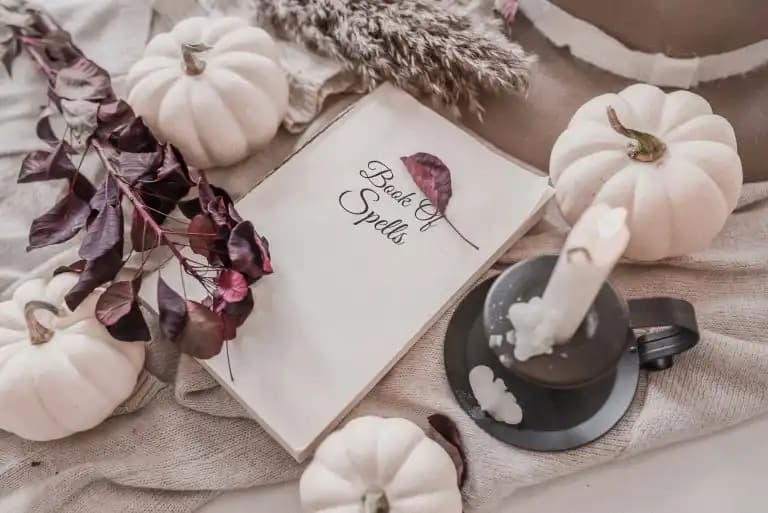
10 Types of Spells: Practical Magic for Everyday Use
Unlock magic in your life! Learn 10 spell types, from love & protection spells to healing & money magic, with practical tips.

Is There Good and Bad Magic?
Is magic good or bad? Learn about intention, types of magic, and the law of threefold return to understand its morality.

Charms, Spells, and Enchantments – What Are They?
Charms, spells, enchantments: What's the difference? Understand these magic types for protection, luck, and lasting transformation.

Practical Tips on How to Add Witchcraft to Your Day
Add witchcraft to your day! Simple spells & rituals bring magic to your routine. Find practical tips for a more enchanted life.
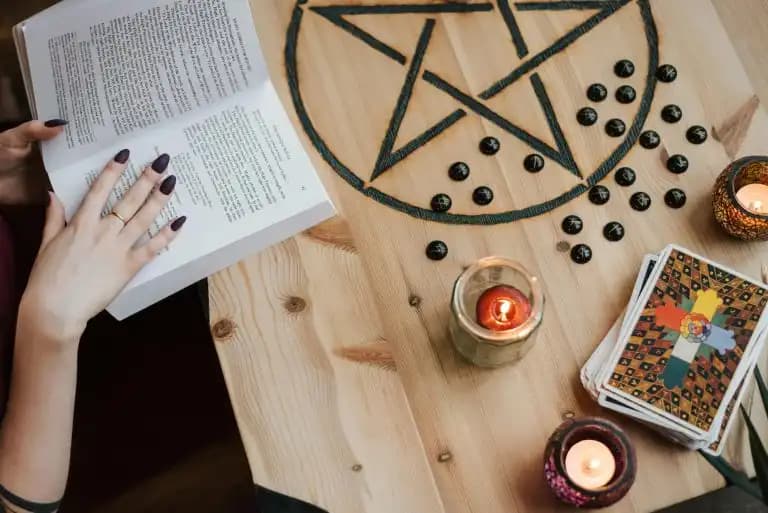
Witchcraft vs. Wicca
Witchcraft & Wicca: Are they the same? Understand the key differences in beliefs, rituals, & history of these pagan paths.

Hexes, Curses, and Jinxes – What Are They?
Hexes, curses, & jinxes: What are they? Learn the differences between these dark magic spells and their effects.

Astral Temple - How to Build a Secret Place For Your Practice
Build an astral temple, a secret inner sanctuary, for meditation and spiritual practice. Create your sacred space today.

Practicing Witchcraft in Secret
Secret witchcraft? Learn how to practice paganism discreetly with invisible altars, stealth rituals, and hidden symbols.
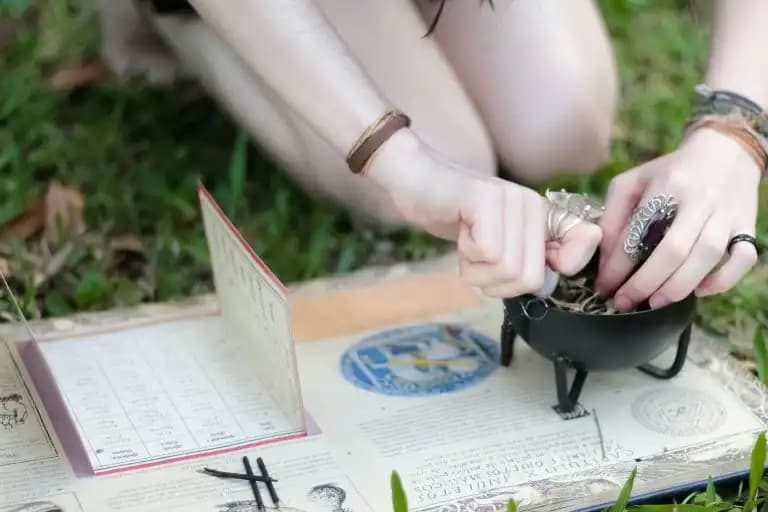
Exploring Different Types of Witchcraft
Discover different witchcraft paths! Learn about Green, Hedge, Kitchen, & more types of witchcraft. Find the best path for you.

Wheel of the Year - Mabon
Mabon: Celebrate the Autumn Equinox! Learn about harvest rituals, balance, and gratitude at this pagan Wheel of the Year festival.
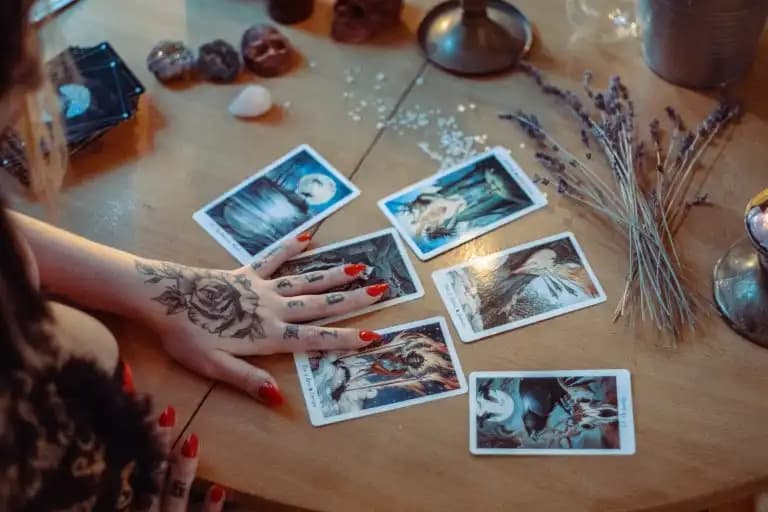

Hoodoo - What is it?
What is Hoodoo? Learn about this African American folk magic, its beliefs, roots, & practices in modern society.

Animism - Does Everything Have a Soul?
Animism: Does everything have a soul? Discover the soul in nature, spirits, and cultural beliefs. Explore animistic views today.


Anima Mundi - The Soul of the World
Anima Mundi: Discover the soul of the world! Learn about this ancient philosophy and its relevance to modern spirituality.

An Introduction to Demonolatry
Understanding demonolatry: history, practice, & overcoming misconceptions. Start your demonology journey here.

Wheel of the Year - Lughnasadh
Lughnasadh: Celebrate the first harvest! Learn about rituals, traditions, & connect with nature on this Wheel of the Year sabbat.

Wheel of the Year - Litha
Litha, the Summer Solstice, honors the sun's peak on the Wheel of the Year. Celebrate summer, abundance, and faery magic!

Top 10 Crystals For Witches
Discover the best crystals for witches! Learn about powerful stones like amethyst and clear quartz to enhance your practice.

Names of the Full Moon
Discover full Moon names like Wolf Moon & Flower Moon! Learn their meanings and cultural significance.

The Burning Flame of Candle Magic
Candle magic: Learn about colored candles & their meanings in rituals. Harness the power of spellwork today!

Wheel of the Year - Beltane
Beltane: Celebrate spring's peak with Wheel of the Year traditions, rituals, and a simple love spell. Welcome summer's beginning!

Exploring the Power of Personal Mythology
Craft your personal mythology! Understand self-narratives & find deeper meaning in your unique life story.

Paths of Occultism
Discover occult paths: Left-Hand & Right-Hand! Understand esoteric traditions & find your spiritual path.

Wheel of the Year - Ostara
Ostara: Celebrate spring equinox and new beginnings! Learn about traditions, rituals, and a spell for change on the Wheel of the Year.

Different Ways to Use Tarot Cards
Learn new ways to use tarot cards! From divination to inspiration, discover tarot spreads, card meanings, and more.

Crafting Intent: The Art and Practice of Sigil Magic
Unlock your potential with sigil magic! Learn to craft intent & manifest desires through powerful symbols. It's an ancient art.

What is Chaos Magic?
Unleash your will! Learn about chaos magic, a results-focused practice blending belief, ritual, and personal power for manifestation.

How To Be a Green Witch?
Become a green witch! Learn herbalism, gardening, & connect with nature's magic. Discover your path to natural witchcraft today.

The Key to the Tarot: Discovering Valuable Insights and Lessons
Unlock valuable Tarot insights! Discover lessons and meanings from the Waite Smith deck in our guide.

Lucifer – The Light-Bringer's Journey Through Mythology and Theology
Lucifer: Light-Bringer or harbinger of darkness? Discover the origins, symbolism, and controversies surrounding this figure.

Archetypes of Carl Jung
Understand Carl Jung's archetypes: Persona, Shadow, Anima/Animus, and Self. Learn how they shape our personalities and behaviors.


Wheel of the Year - Imbolc
Imbolc: Celebrate spring's awakening on the Wheel of the Year! Discover Imbolc traditions, rituals, and candle divination.

Alchemical Concepts and Their Symbols
Decode alchemical symbols: Philosopher's Stone, Ouroboros, Azoth & more. Discover the meaning behind these ancient concepts.

Steps in the Pathway to the Philosopher's Stone
Philosopher's Stone steps: Nigredo, Albedo, Citrinitas, Rubedo. Learn the Magnum Opus of alchemy and personal transformation today.

Alchemical Symbols as a Key to Occult Information
Unlock occult secrets! Learn alchemical symbols for elements, compounds, and processes. Decipher ancient knowledge now.

Lilith's Influence on Witchcraft and the Occult
Lilith: demon, goddess, or symbol of female empowerment? Learn about her mythology, occult ties, & modern witchcraft influence.

Hekate - The Goddess of Witchcraft
Discover Hekate, Greek goddess of witchcraft, magic, & crossroads. Learn about her symbols, rituals, & modern worship.

The Ars Notoria: A Mysterious Medieval Text
Unravel the Ars Notoria: a medieval grimoire promising enlightenment through prayer and meditation. Discover its secrets now!
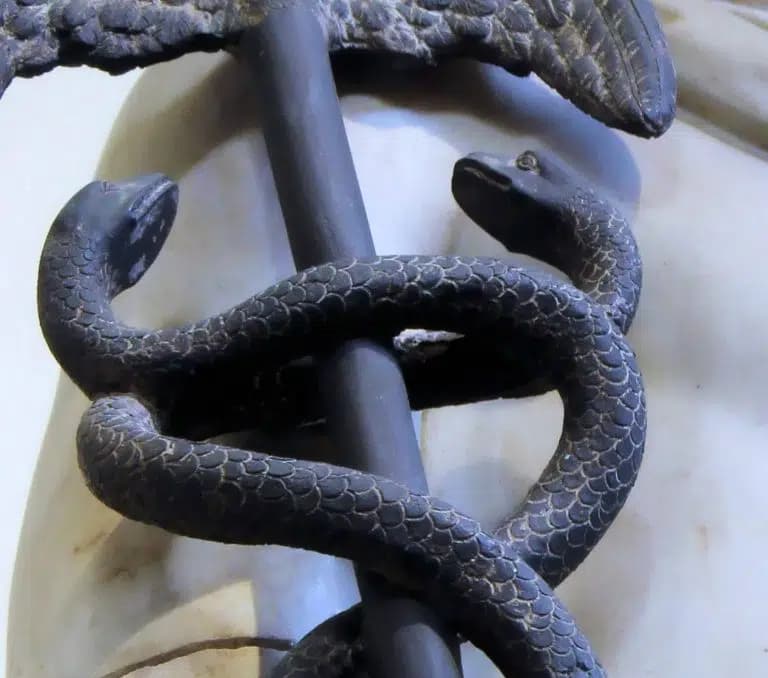
The History of Alchemy
Trace the history of alchemy! From Egypt to China, learn about its secrets, impact, and quest for the elixir of life.

Demons and the Ars Goetia
Unlock the secrets of Ars Goetia and its 72 demons. Learn about their history, summoning, and modern interpretations.

Wheel of the Year - Yule
Celebrate Yule! Learn about winter solstice traditions, Yule log rituals, and a spell to bring light during the darkest night.
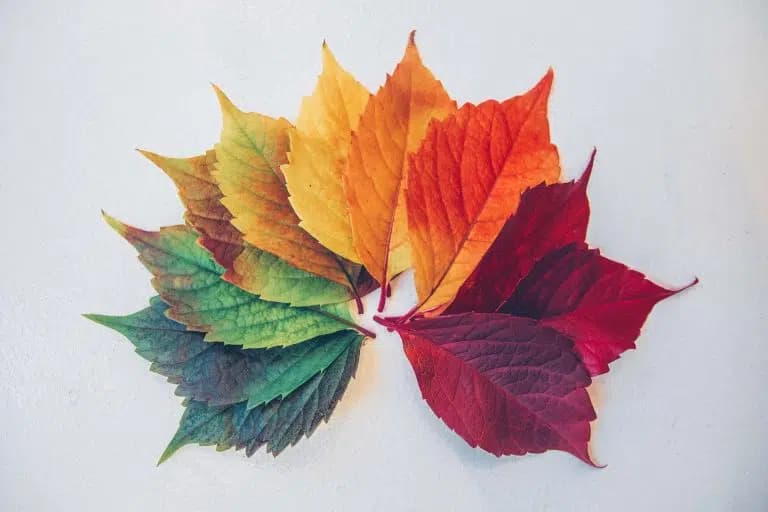
Wheel of the Year And Wicca
Understand the Wiccan Wheel of the Year! Learn about the eight Sabbats and celebrate the seasons with Wiccan traditions.
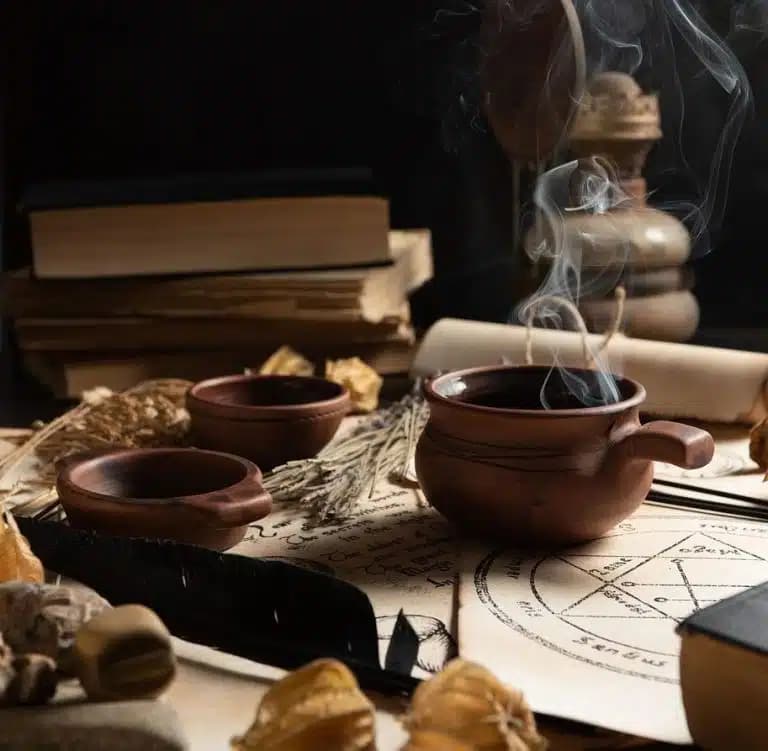
The History of Witchcraft
Unravel the history of witchcraft, from ancient roots to the witch hunts and modern beliefs. Learn about magic and more.
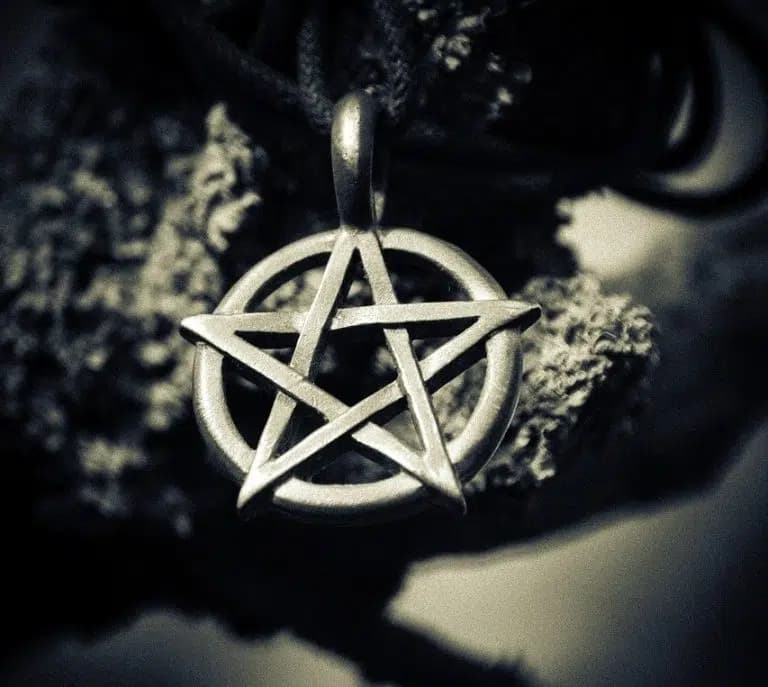
What is Wicca?
Wicca explained: Discover this nature-based pagan religion's beliefs, rituals, and origins. Understand Wicca today!
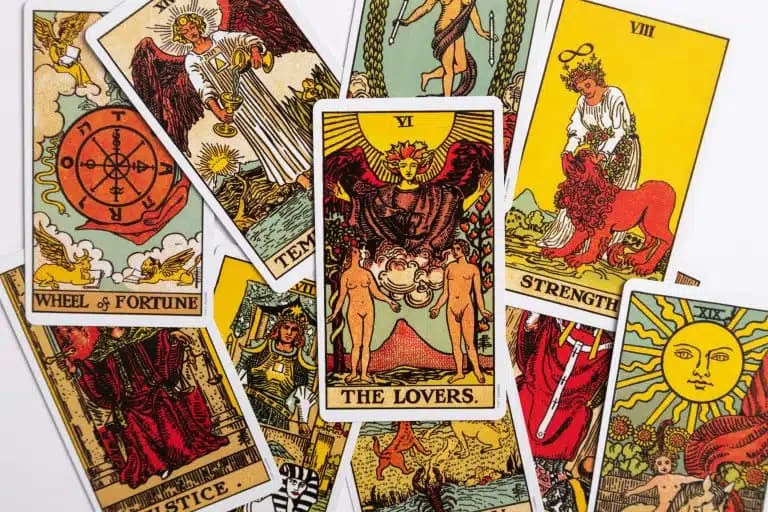
Beginner's Guide to Tarot
Tarot for beginners! Learn tarot card meanings, spreads, and history. Start your journey into divination today.
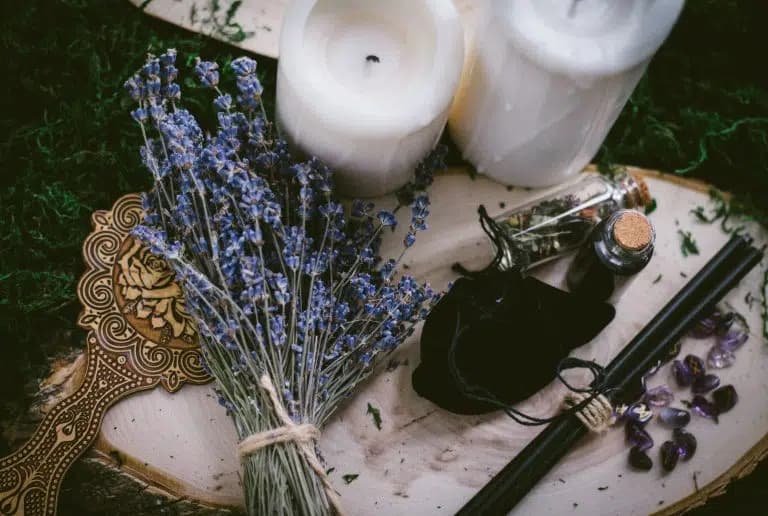
Introduction to Occultism
Unravel the mysteries! Learn about occultism, its history, methods, & common misconceptions. Start your journey now.